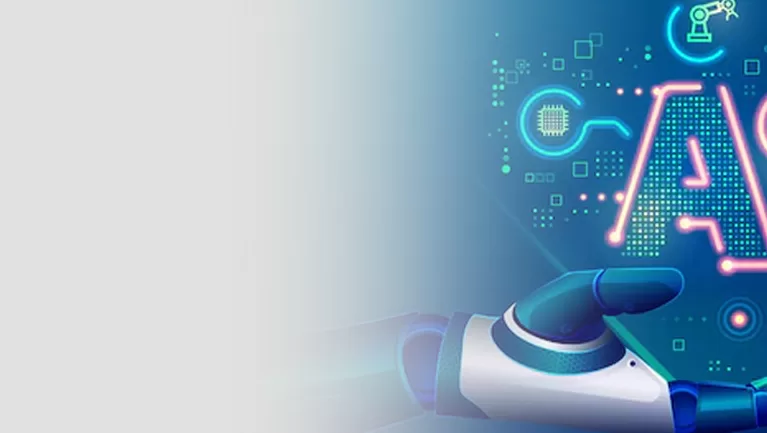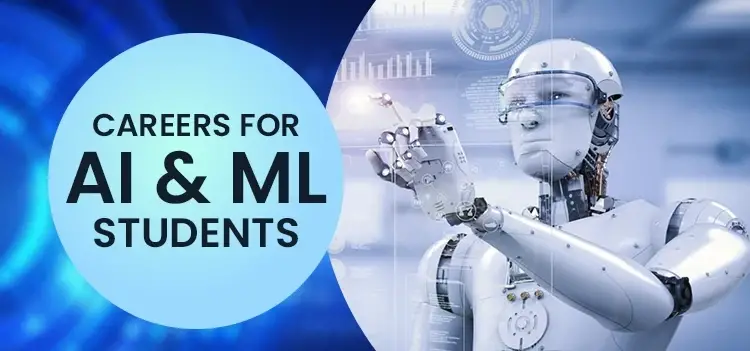Unlocking the Potential of Artificial Intelligence in Kannada

Artificial Intelligence in Kannada become a buzzword in recent years, revolutionizing industries and changing the way we live our lives. However, most of the advancements and applications of AI have been limited to major languages like English, Chinese, and Spanish.
This has raised concerns about the exclusion of other languages and cultures from the benefits of AI. One such language is Kannada, a Dravidian language spoken mainly in the Indian state of Karnataka. In this blog post, we will explore the potential of implementing AI in Kannada and its impact on the language and culture.
Introduction to Artificial Intelligence in Kannada
Artificial Intelligence is a broad term that refers to the ability of machines to perform tasks that typically require human intelligence. These tasks include learning, problem-solving, reasoning, and decision-making. Kannada, with its rich literary history and complex grammar, presents unique challenges for implementing AI. However, the potential benefits are significant, and efforts are being made to develop AI systems in Kannada.
Benefits of Implementing Artificial Intelligence in Kannada
- Preservation of Language: Kannada is spoken by over 50 million people worldwide, making it one of the most widely spoken languages globally. However, with the rise of globalisation and the dominance of English, there is a risk that Kannada could lose its prominence. By implementing AI in Kannada, we can create tools and systems that will help preserve the language and its cultural heritage.
- Increased Accessibility: With AI, information and services can be made accessible to those who do not understand English or any other major language. This is especially important in rural areas where many people may not be able to communicate in English. By implementing AI in Kannada, we can bridge the language barrier and make technology more inclusive.
- Improvement in Education: AI can assist in creating personalized learning experiences for students by identifying their strengths and weaknesses. In Kannada-speaking regions, this could be particularly beneficial, as students may have limited access to quality education in their native language. AI can also help in the development of educational materials in Kannada, making learning more accessible and engaging.
- Boost to the Economy: The implementation of AI in Kannada could result in the creation of new job opportunities and industries. This would not only boost the economy but also provide avenues for Kannada-speaking individuals to utilize their language skills. It could also attract investments and partnerships from global companies looking to tap into the Indian market.
Challenges and Limitations of Artificial Intelligence in Kannada
- Lack of Data: One of the biggest challenges in implementing AI in Kannada is the scarcity of data. AI systems require large amounts of data to learn and improve their performance. However, there is a lack of digitized Kannada content, making it difficult to train AI models. Efforts are being made to digitize Kannada texts, but it will take time to build a substantial amount of data.
- Complex Grammar: Kannada has a complex grammar, with many rules and exceptions. This presents a challenge for natural language processing (NLP), which is an essential aspect of AI. NLP involves teaching machines to understand and generate human language, which can be challenging in Kannada due to its intricate grammar.
- Limited Research and Development: Another limitation is the lack of research and development in AI for Kannada. Most of the advancements in AI have been focused on major languages, leaving smaller languages like Kannada behind. This means that there is a shortage of experts and resources for developing AI in Kannada.
History of Artificial Intelligence in Kannada
The history of AI in Kannada dates back to the 1990s when researchers at the Indian Institute of Science (IISc) developed the first Kannada speech recognition system. However, it was limited to simple commands and had a low accuracy rate. In 2013, the Karnataka government launched a project called “Kannada NLP” to develop AI systems in Kannada. Since then, there have been significant developments in the field, with researchers and technology companies working towards making AI more accessible in Kannada.
Applications of Artificial Intelligence in Kannada
- Chatbots: Chatbots are computer programs designed to simulate human conversation. They have various applications, including customer service, education, and healthcare. By developing chatbots in Kannada, we can provide customer support and other services to Kannada speakers who may not be fluent in English.
- Machine Translation: With the rise of globalization, machine translation has become an essential tool for communication between people speaking different languages. By developing AI in Kannada, we can improve the quality of machine translation and make it more accurate for Kannada speakers.
- Speech Recognition: Speech recognition is an important aspect of AI that involves converting spoken words into text. With the development of speech recognition in Kannada, we can create voice-based interfaces and assistive technologies for Kannada speakers.
Future of Artificial Intelligence in Kannada
The future of AI in Kannada looks promising, with efforts being made to overcome the challenges and limitations. The Karnataka government’s “Kannada NLP” project has been a significant step towards promoting Kannada language technology. Several startups and research organizations are also working on developing AI systems in Kannada. However, to fully realize the potential of AI in Kannada, there needs to be more investment and support from both the government and the private sector.
Ethical Considerations in Implementing Artificial Intelligence in Kannada
As with any technology, there are ethical considerations that need to be addressed when implementing AI in Kannada. This includes concerns about data privacy, bias in algorithms, and the impact on the local language and culture. It is crucial to have ethical standards and regulations in place to ensure that AI is developed and used responsibly.
Key Terminologies in Artificial Intelligence in Kannada
Here are some key terminologies related to AI in Kannada:
- ಕೃತಿಗಳ ಅಧ್ಯಯನ (Kritigala Adhyayana) – Data Mining
- ಸ್ವಯಂಚಾಲಿತ ಜ್ಞಾನ ಸಂಗ್ರಹ (Svayamchalaitha Jnana Sangraha) – Machine Learning
- ಪೋಷಕತೆ ಪ್ರಮಾಣೀಕರಣ (Poshakatye Pramanikarana) – Validation
- ಭಾಷಾ ಶಾಸ್ತ್ರ (Bhasha Shastra) – Linguistics
- ಸಾಹಿತ್ಯ ಶಾಸ್ತ್ರ (Sahitya Shastra) – Literature Studies
Role of Natural Language Processing in Kannada
Natural Language Processing (NLP) is a branch of AI that deals with teaching computers to understand and generate human language. NLP has several applications in Kannada, including speech recognition, machine translation, and sentiment analysis. However, due to the complexity of the Kannada language, developing NLP systems for Kannada is a challenging task.
Impact of Artificial Intelligence on Kannada Language and Culture
The implementation of AI in Kannada can have a significant impact on the language and culture. On the positive side, it can help preserve the language and make it more accessible to future generations. It can also promote the use of Kannada in the digital world and contribute to its growth and development.
However, there are also concerns about the impact of AI on the Kannada language and culture. With the rise of machine translation, there is a risk that people may rely more on technology than learning the language themselves. This could lead to a decline in the use of Kannada in everyday communication. There are also concerns about the influence of English on Kannada, as most AI systems are developed in English and then translated into other languages.
Conclusion
In conclusion, while there are challenges and limitations, the potential benefits of implementing AI in Kannada are significant. It can help preserve the language, make technology more inclusive, and boost the economy. However, it is crucial that ethical standards and regulations are in place to ensure responsible use of AI. As efforts continue to develop AI in Kannada, we can look forward to a future where Kannada speakers can fully utilize the benefits of this revolutionary technology.











